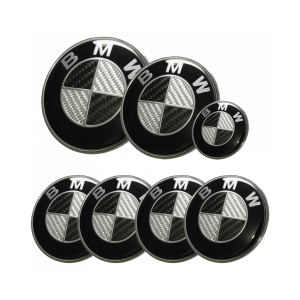Understanding Hub Oil Seals and Their Importance in Machinery Performance
Understanding Hub Oil Seals Importance and Functionality
Hub oil seals play a crucial role in the proper functioning and longevity of vehicles, particularly in the context of wheel hubs and differentials. These components are essential for maintaining the integrity of the lubrication system, which is vital for minimizing friction and preventing wear in automotive systems.
What are Hub Oil Seals?
Hub oil seals are designed to prevent the leakage of lubricants and oil from the wheel hub assemblies and differentials. Made from high-performance materials such as rubber or silicone, these seals fit snugly around rotating shafts to create a barrier against contaminants like dirt, moisture, and debris. The main function of these seals is to ensure that the lubricating oil remains contained within the hub or differential, allowing the internal parts to operate smoothly and efficiently.
The Importance of Hub Oil Seals
1. Lubrication Retention One of the primary functions of hub oil seals is to keep the lubricant contained within the hub assembly. Oil plays a critical role in reducing friction between moving parts, and any loss of this lubricant can lead to increased wear and tear, ultimately resulting in mechanical failure.
2. Contaminant Protection Hub oil seals act as a protective barrier against dirt and moisture that can infiltrate the hub or differential. If contaminants enter, they can cause significant damage to internal components, leading to costly repairs and diminished vehicle performance.
3. Heat Management The friction generated by moving parts can produce excess heat, which can degrade lubricants over time. Hub oil seals help maintain the temperature of the lubricant and ensure that it functions effectively without breaking down, thereby prolonging the life of engine components.
4. Noise Reduction A properly functioning oil seal helps to reduce noise from the axle and wheel hub areas. Leaks or deterioration of the seal can result in increased noise due to improper lubrication, ultimately affecting the overall driving experience.
hub oil seal

Signs of a Failing Hub Oil Seal
Identifying problems with hub oil seals early can save car owners from more extensive repairs later. Some common signs of a failing hub oil seal include
- Fluid Leaks One of the most obvious indicators is the presence of oil or lubricant leaks around the wheel hub area. If you notice a puddle of oil under your vehicle, it’s a strong sign that the oil seal may be compromised. - Increased Noise If you experience unusual noises coming from the wheels, such as grinding or whining, it may be a sign of inadequate lubrication due to a failed oil seal.
- Handling Issues A failing oil seal can lead to compromised performance in the vehicle's handling. If the car feels unsteady while driving, it may be time to check the condition of the hub oil seals.
Maintenance and Replacement
To ensure optimal performance, regular inspections of hub oil seals are recommended, especially during routine maintenance checks. If any signs of wear or damage are detected, it is essential to replace the seals promptly. The replacement process typically involves disassembling the hub assembly, removing the damaged seal, and installing a new one. It’s vital to use high-quality seals that are compatible with your vehicle to maintain its performance and reliability.
Conclusion
Hub oil seals are an often-overlooked component in vehicle maintenance but are incredibly important for the efficient operation of wheel hubs and differentials. By understanding their role, recognizing the signs of failure, and ensuring timely inspections and replacements, vehicle owners can enhance their driving experience and extend the life of their automotive systems. Proper maintenance not only saves money in the long run but also ensures safety on the road.
-
Simplifying Oil Changes: A Comprehensive Guide to Oil Drain Plugs and Their Variants
News Aug.04,2025
-
Mastering Oil Drain Maintenance: Solutions for Stripped, Worn, and Upgraded Oil Plugs
News Aug.04,2025
-
Fixing Oil Pan Plug Issues: Leaks, Stripped Nuts, and the Right Replacement Solutions
News Aug.04,2025
-
Everything You Need to Know About Oil Drain Plugs: Sizes, Fixes, and Upgrades
News Aug.04,2025
-
Choosing the Right Oil Drain Plug: A Guide to Sizes, Materials, and Drain Innovations
News Aug.04,2025
-
A Complete Guide to Automotive Drain Plugs: Types, Problems, and Innovative Solutions
News Aug.04,2025
-
The Ultimate Guide to Car Repair Kits: Tools and Essentials Every Driver Should Own
News Aug.01,2025
Products categories















